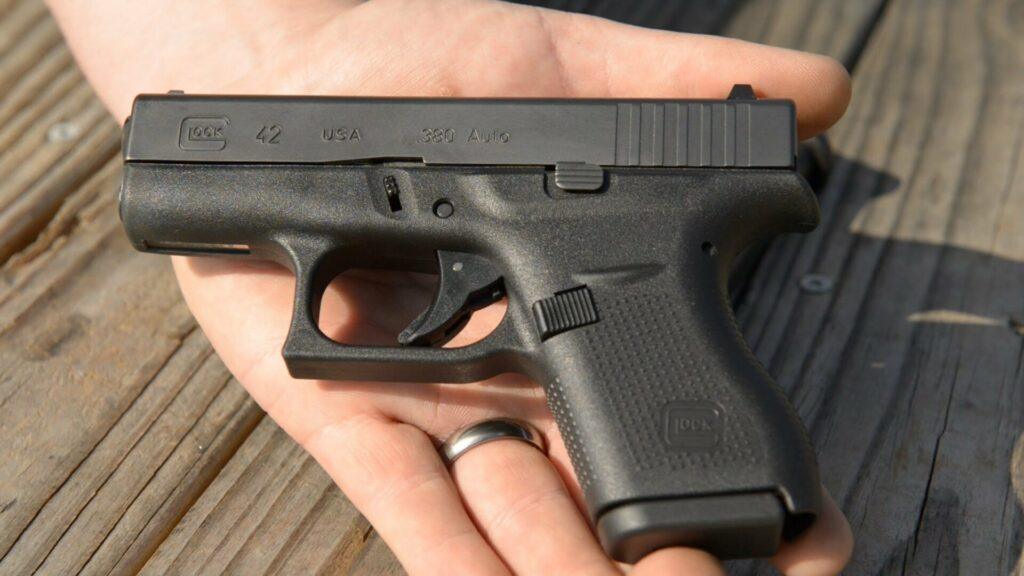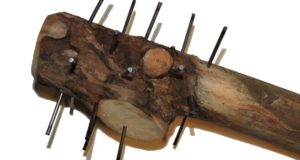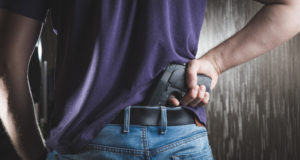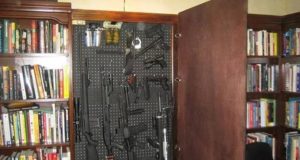Pocket pistol. The term refers to small, highly concealable guns, generally sporting a three-inch or smaller barrel, and a standard capacity of less than nine rounds including the chamber, often less.
These little guns are popular, and for good reason. They’re easy and comfortable to pack. While carrying in a pants or jacket pocket is not without drawbacks—including serious safety risks if the gun is in the pocket with other objects and/or not inside a holster—it is convenient.
Here are five models of so-called pocket pistols I own or have tried, and feel confident in recommending:
Ruger LCR. This frame of this double action-only, hammerless revolver is made from aircraft grade aluminum. The fire-control group is polymer for weight reduction, and the cylinder is stainless steel. Rubberized grips are standard. Newer models have a white insert to make the front sight more visible; however, I have seen this little asset fall off more than one LCR. A little enamel does just as well.
The best thing about the LCR is the choice of calibers. It comes in 22LR, 22WMR (those with a capacity of eight rounds), and 38 Special five-rounder that is +P rated. Upgrade to the stainless series, and choices include 357 magnum, 327 Federal magnum, and 9mm Luger.
LCR prices vary widely depending on options, like lasers and caliber. There are currently new models for sale ranging from $100 to $800. These can be a good option for someone new to concealed carry who wants to try a revolver without a huge financial commitment.
Glock 42. Here is a .380 caliber made by a company whose reputation for dependable firearms is legendary. This smallest of Glocks has all the same basic features and external design of its full-size brethren. Much consternation has arisen from the fact that its magazines only hold six rounds. This is one gun I carry often, and I find it convenient to slide an extra mag into a front pocket just in case.
This is the first handgun for which Streamlight produced its TLR-6 laser/light combo. Since the 42 has no rail, the device clamps, then is screwed onto, the front of the trigger guard. This enhancement, along with a set of tritium night sights, has created what for me is the ideal concealable firearm. Though I’d like to pack a bigger caliber, I’ve yet to find one that equals the comfort of the small, but shootable, 380s.
Average market price for a 42 is in the low to mid $400s. Better deals can be found if one shops for them. With the suggested accessories, it’s closer to a $600 package.
Beretta Nano. Probably the newest firearm on this list, followed by the Glock. This six-plus-one capacity 9mm is one of the few concept gun designs that’s made it to the pocket pistol market. A simple striker-fired system and slim profile, with every corner and edge rounded, lend a space age look to the Nano, as well as facilitating snag-free draws.
You Don’t Need A Firearms License For This Weapon!
As on the Glock, the Nano has a reversible magazine release. Although it looks a bit top-heavy, with the bore axis riding well above the shooter’s forearm line, its recoil is not any worse than other sub-compacts in this caliber.
The Nano is well-liked by its owners for its style, dependability, and +P rating. At least some models have proven ammo-sensitive; practice with factory-new, American-made cartridges should prevent ammo-related malfunctions.
It’s cool to be modular in today’s gun industry, and Beretta designed the polymer grip and other aspects of the gun in shroud-like fashion. The company has yet to present any alternatives to the stock one.
Expect to pay high $300s to low $400s for a Nano, or quite a bit less if you’re willing to wait for a used model.
Ruger LCP II. At the corporate level, Ruger has made a true effort to listen to customer suggestions. This upgraded model of Ruger’s well-known LCP, chambered only in 380, has many improvements upon its predecessor. The trigger has a long, but not too heavy, pull and long reset. The slide stays open on an empty mag. Gone are layers of confusing, impractical “safety” measures that made the original LCP a real punisher for anyone familiar with normal firearm function.
Though I got to test the LCP II briefly, I didn’t check whether it can be dry fired. The original cannot. This is a disservice to owners who wish and should practice dry firing.
Ruger has improved the appearance of this little gun, as well, and made it altogether easier and more enjoyable to fire. It’s one of the more economical choices on this list, and also one of the lightest at 10.6 ounces unloaded. Standard mags hold six rounds. The LCP II is a reliable choice for self-defense. In the low to mid $200s, it’s accessible to most people and functions as well as any other 380.
Smith & Wesson Airweight. These classic “J frame” handguns have been around for many years, and there are many variations of them on the market, new and used. For starters, there’s a hammerless model, and that’s the one I’d call a true pocket pistol—there’s no hammer to hang up in a pocket during the draw.
These five-round 38 Special, +P-rated revolvers are extremely easy to use, and reliable, assuming the shooter is using quality ammunition. Holsters abound for the Airweight, in both leather and Kydex, as it’s a very common choice for concealed or hip carry and has been for years.
Comparable in appearance and function to the Ruger LCR, the Airweight contains no polymer components. It’s thus a bit heavier and more durable, a combination of factors that sends some shooters running towards the gun and others running away. It’s a matter of preference.
Prices for S&W Airweight hammerless revolvers are generally in the high $300s to mid-$400s. As always, many deviations from that norm exist, thanks to their senior status in the market.
Pocket pistols can seem like the ideal first choice for a beginner as they’re small and non-imposing in appearance. But there are some challenges to consider. For centerfire chamberings, recoil is greater than in an average size handgun. Slide manipulation is dependent on fingertip strength versus closed-fist strength. A pinky that dangles below a short grip is highly distracting to some shooters, and magazine insertion and ejection can be tricky if the flesh of the palm blocks the mag well. For these reasons, I usually recommend that new shooters learn on a larger handgun before “graduating” to pocket size. These little guns definitely hold an important place in the realm of self-protection.
What is your favorite pocket pistol? Share your thoughts in the section below:
 Off The Grid News Better Ideas For Off The Grid Living
Off The Grid News Better Ideas For Off The Grid Living




